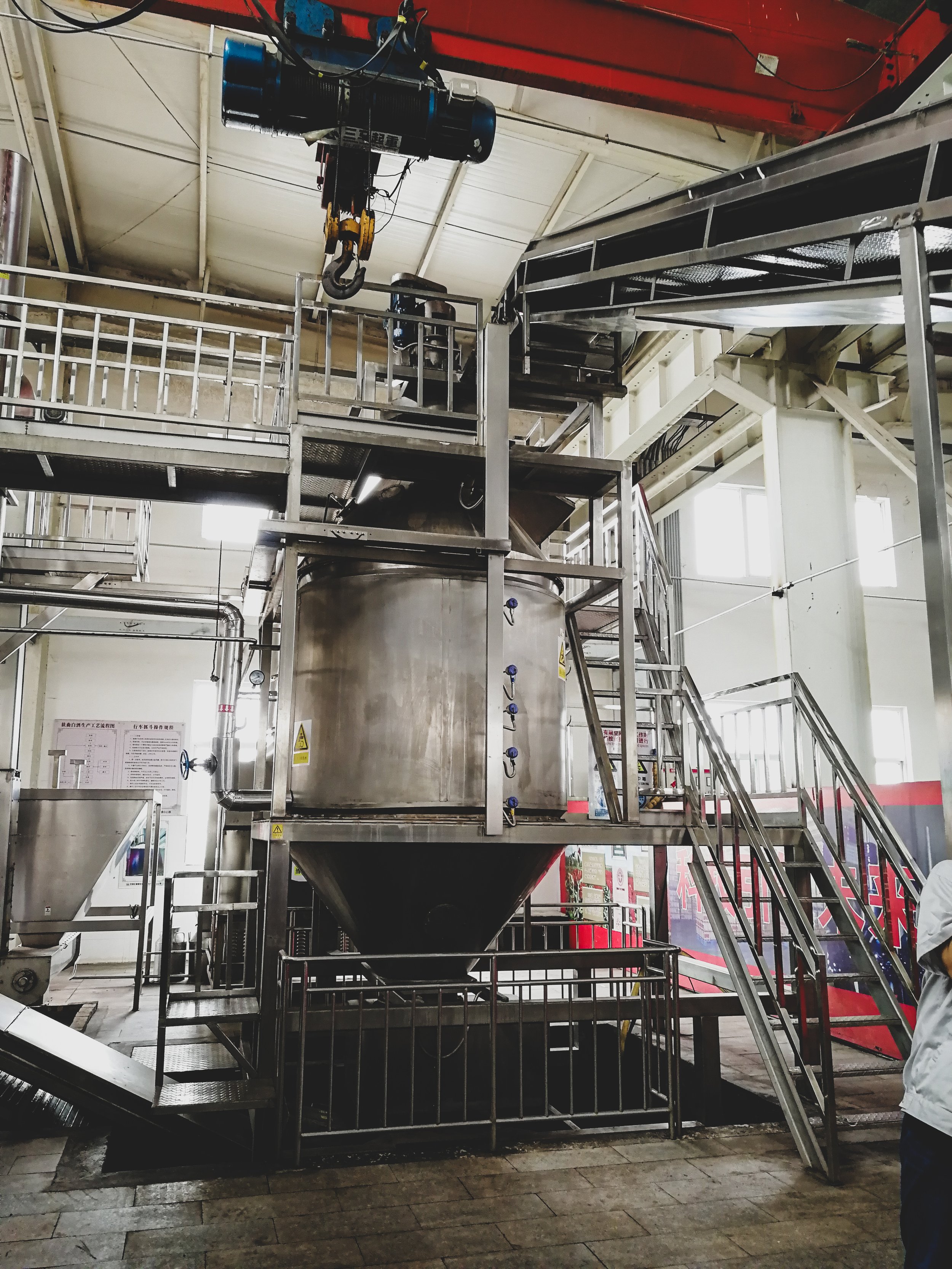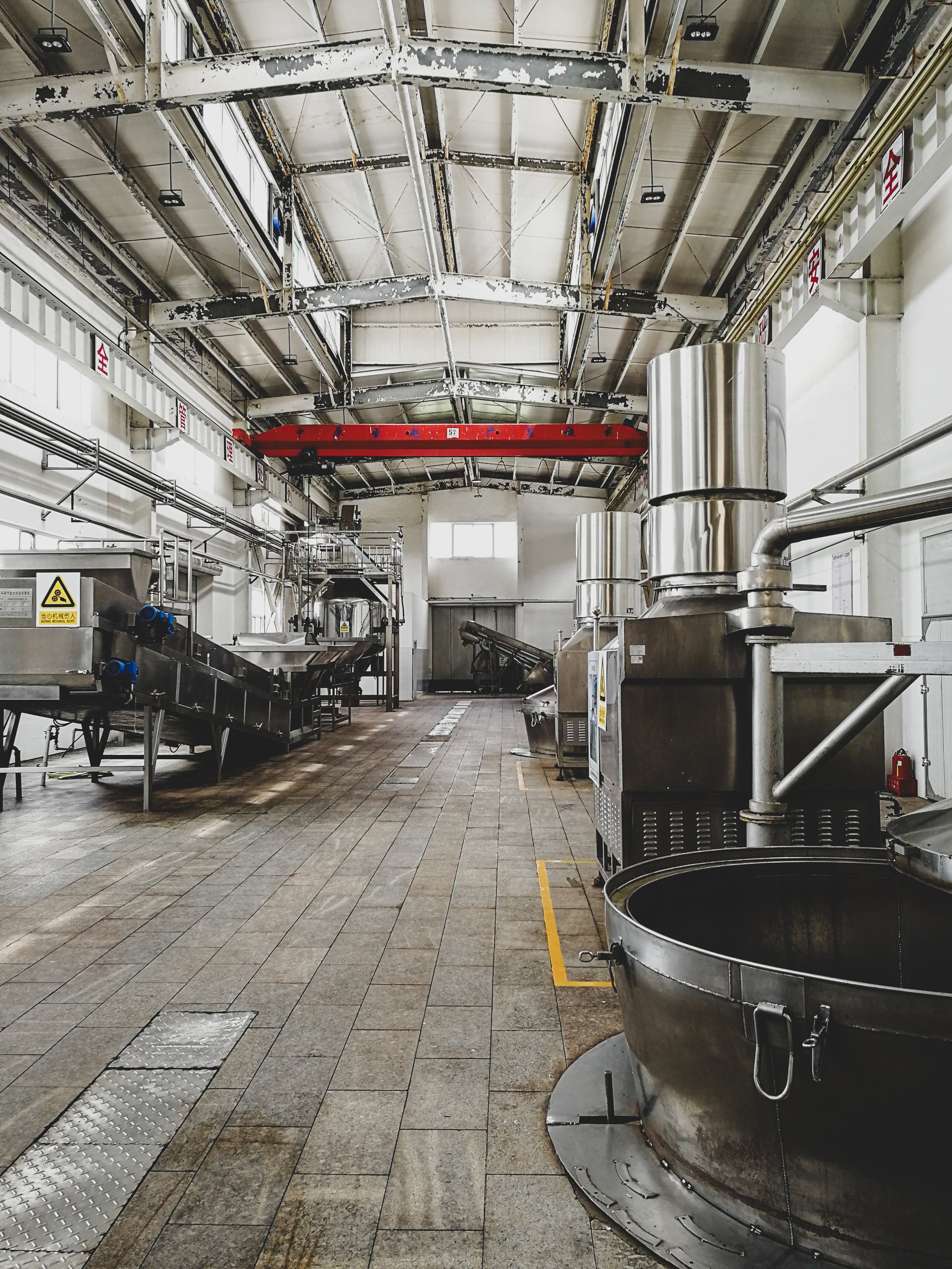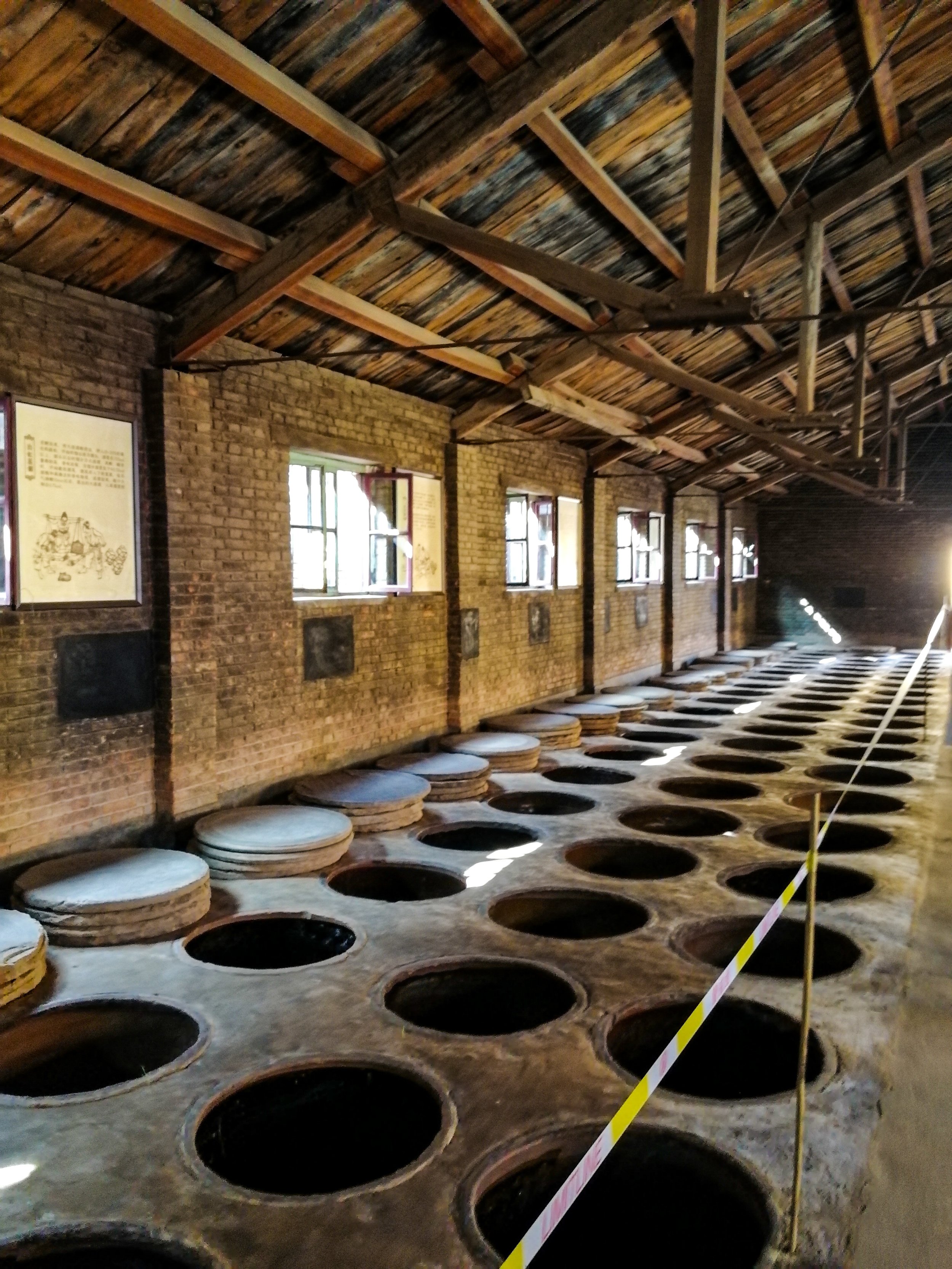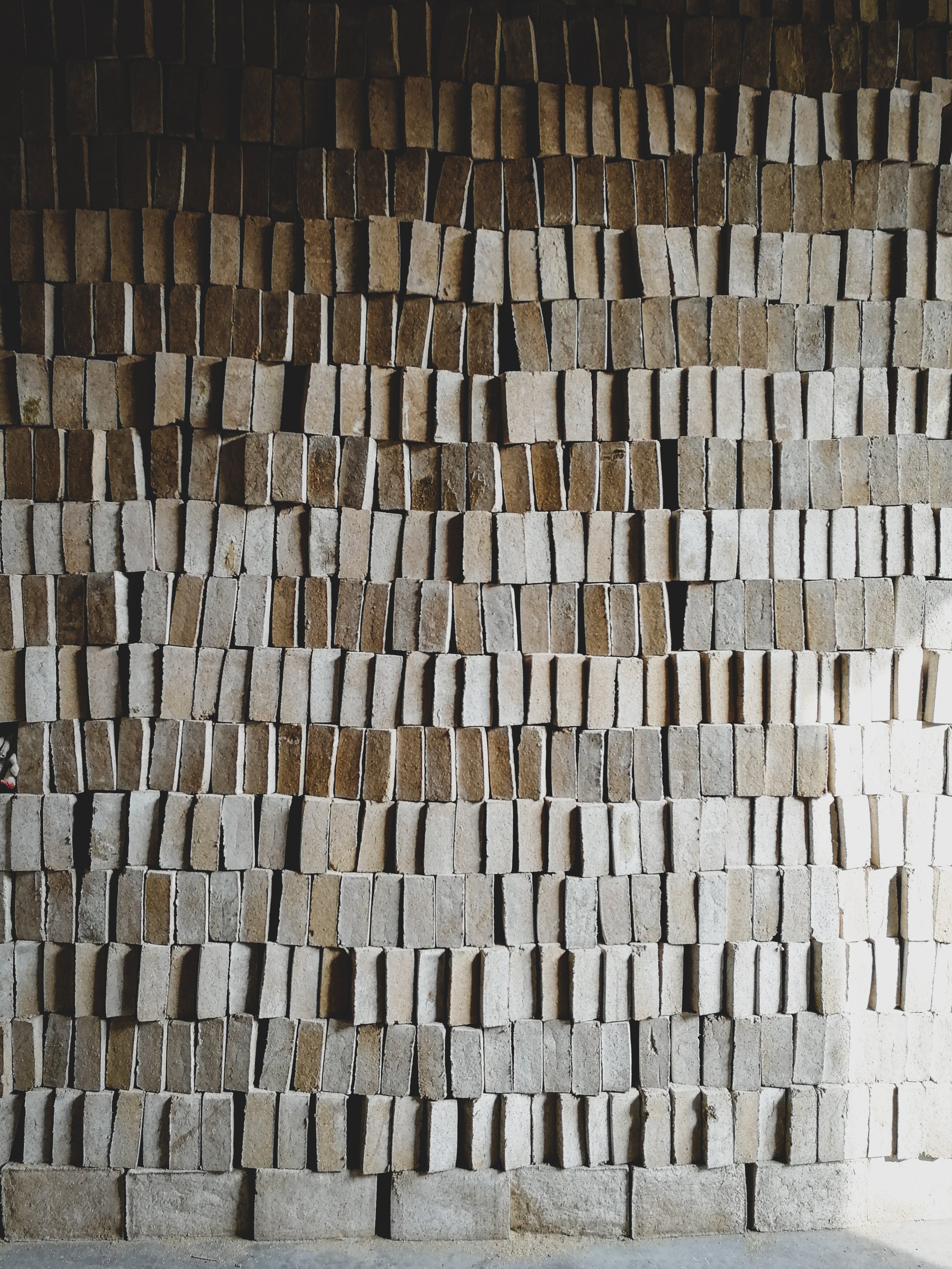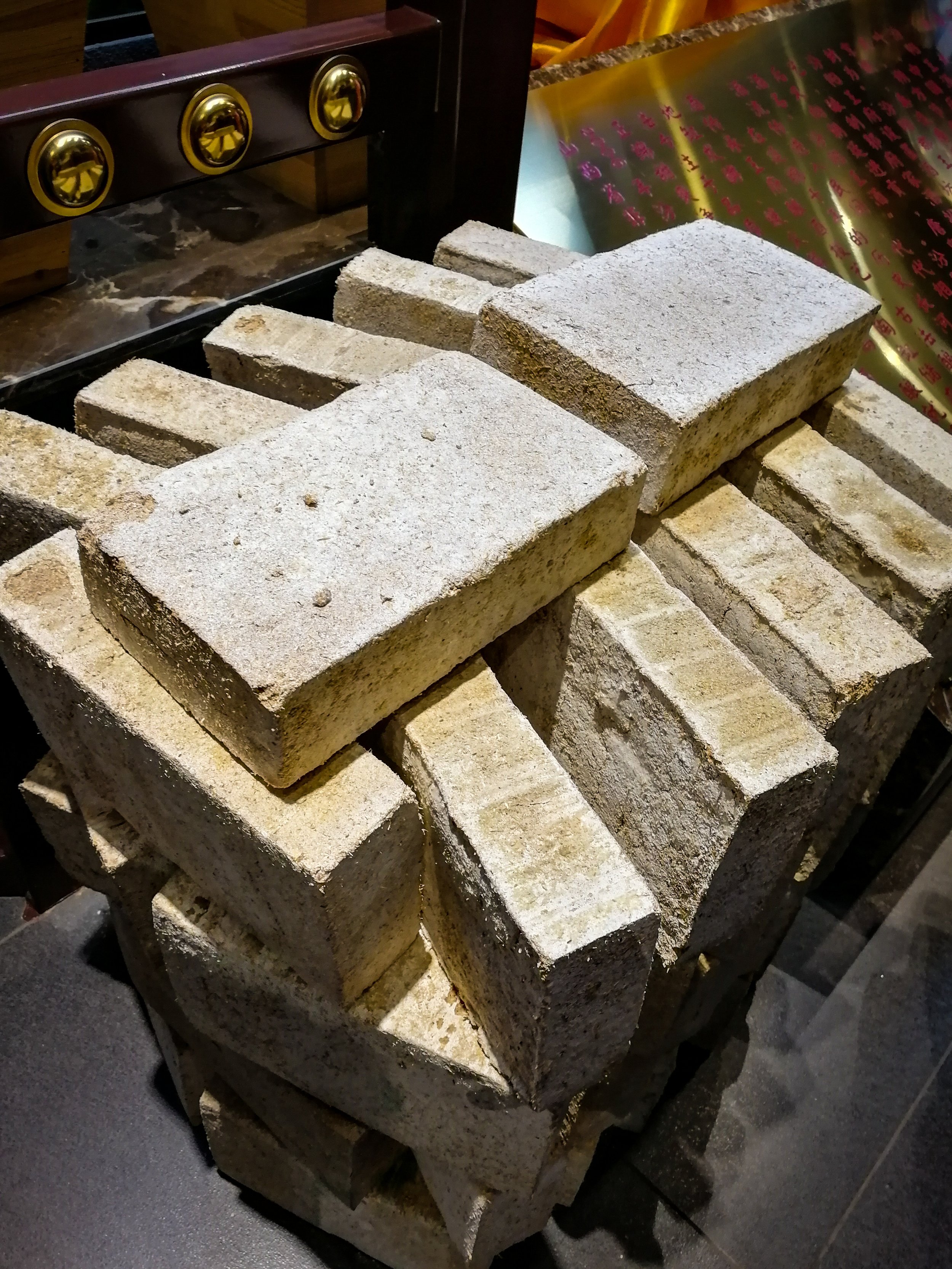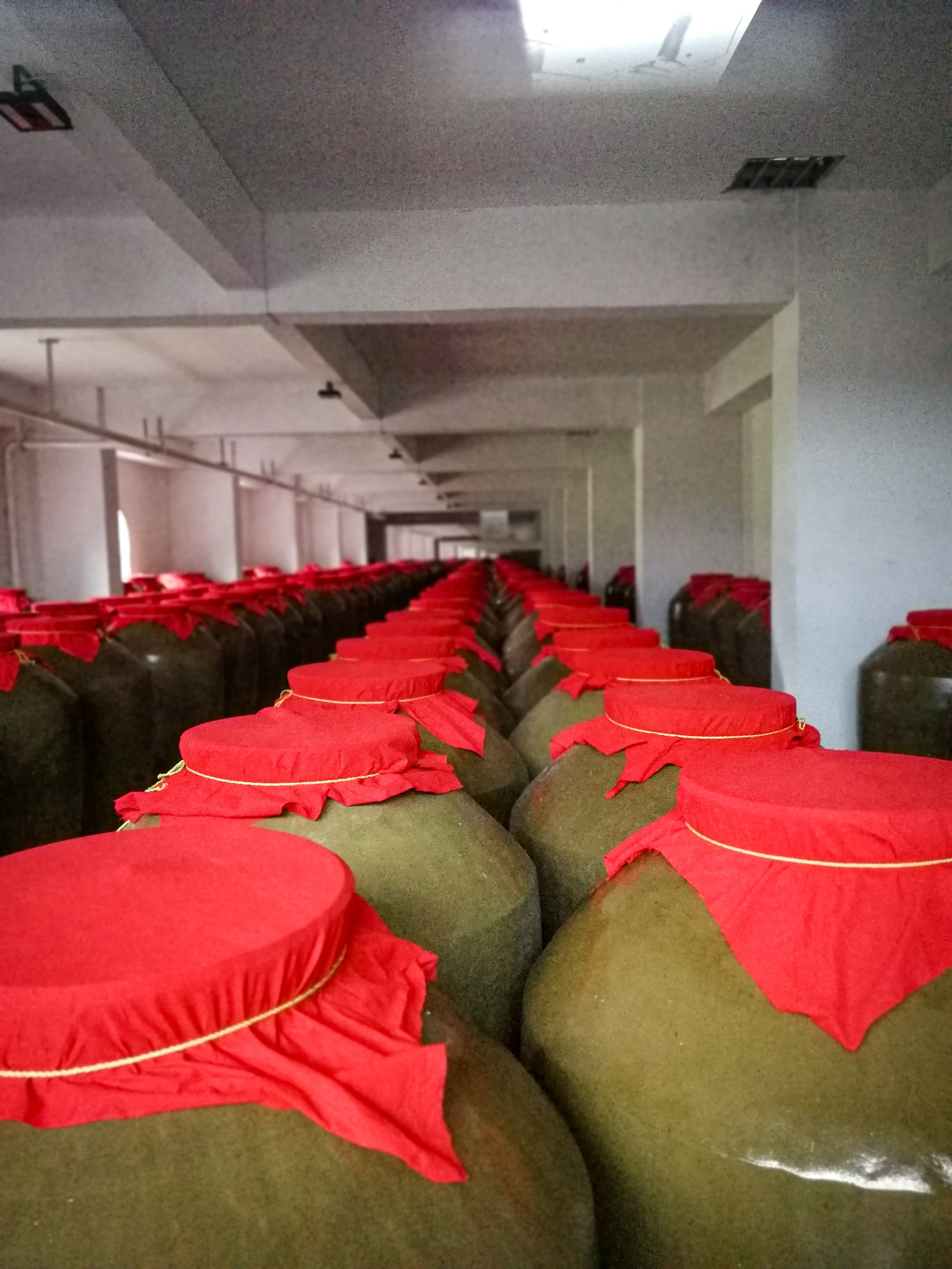Baijiu: The Giant Of The East
How do you explain this Chinese national spirit to someone who has never had Baijiu before? It is simply not possible, even if you already have experience with other categories of spirits, Baijiu is still something else. For now, we'll try to explain a few basic things, so for our first steps, we'll use a definitional explanation. Just as there is no clear-cut “whiskey”, but rather the style can be broken down into Scotch, Bourbon, Irish Whiskey, or Rye Whiskey. The same is true for Baijiu (loosely translated simply as “white liquor”). One can find regional variants that differ greatly from one another except for the name, a few technical production backgrounds, and some details. Light aroma, strong aroma, sauce aroma, and others: We briefly present what makes up these varieties.
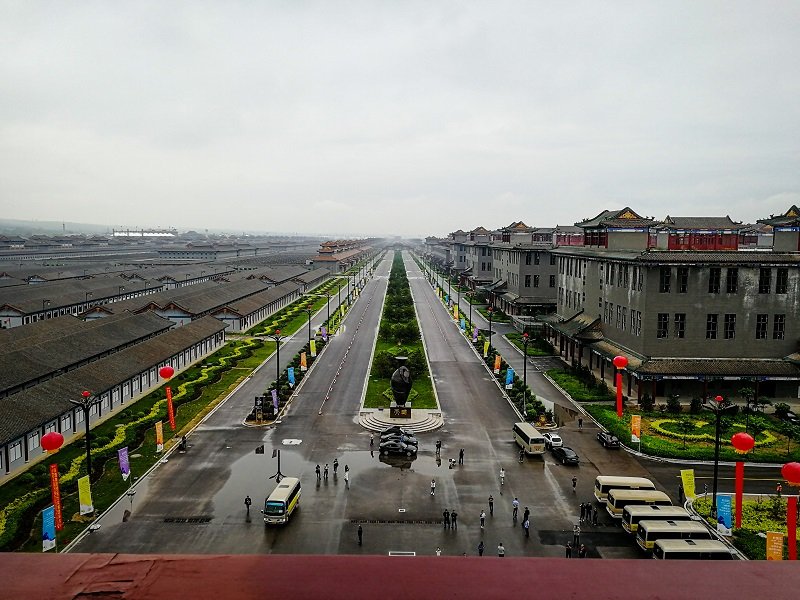
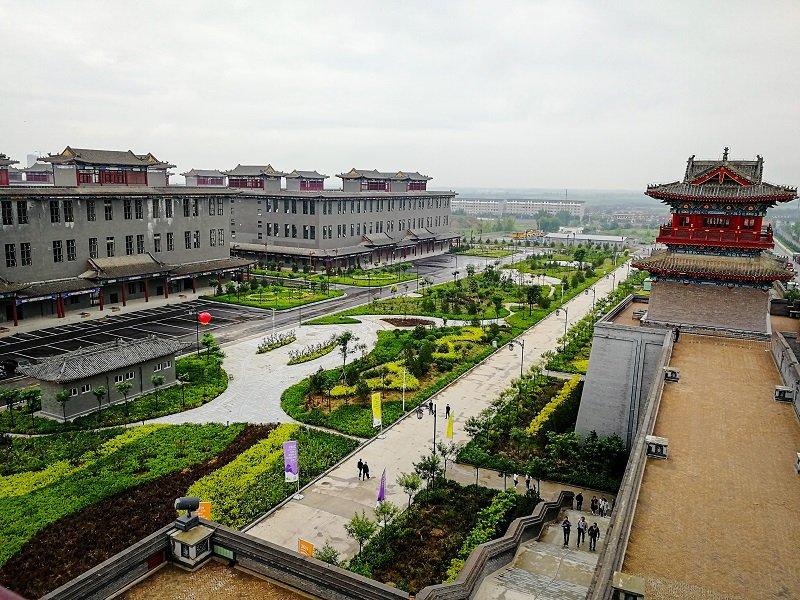
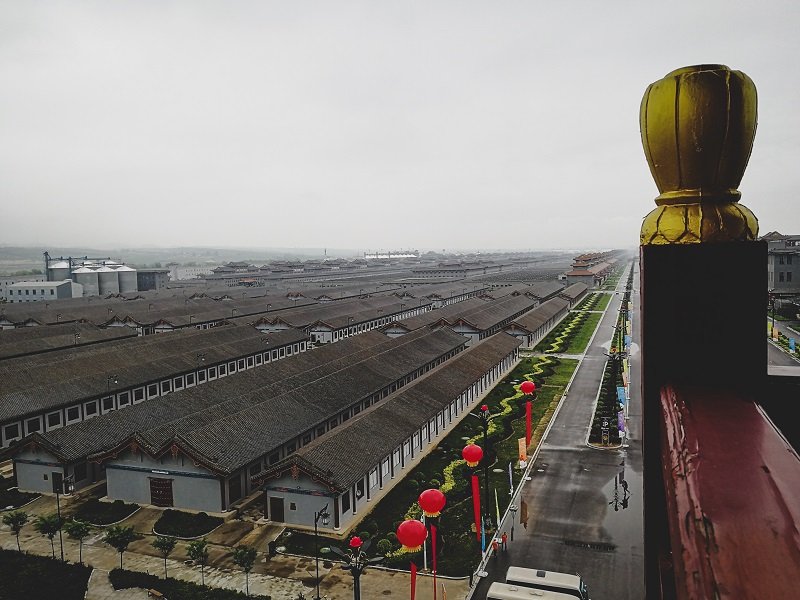
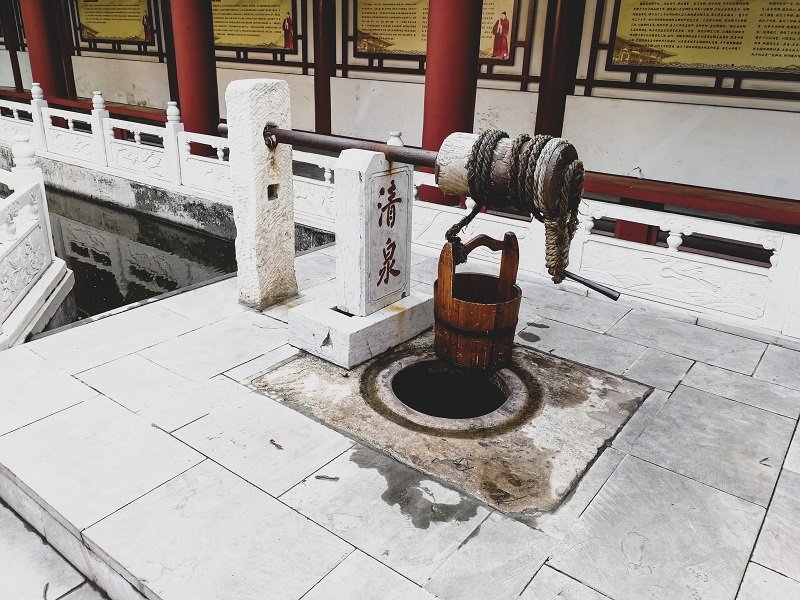
Above: Impressions of Xinghuacun, an almost incomprehensibly huge distillery
Light Aroma (清香, qingxiang)
For the beginner, the light-flavored Baijiu is often the easiest first contact, because here the characteristics of a Baijiu are found at a relatively low level — I emphasize the word “relative” here, because even such a light Baijiu aroma can hit you if you do not expect it. Nail polish remover, turpentine, tar and rubber are among the entries often heard in tasting notes; as a taster, you first have to get over that in order to then appreciate the millet expression, the florality and the clear structure. This style is most popular in northern China, where the huge factory towns are located, where light aramabaijiu is made in many gradations — from the unpretentious firewater “for the people,” which costs less than bottled water, to the elaborate noble spirit aged for 50 years in clay jugs, which would quickly take up an entire average annual income of a Chinese person. In this country, both variants can be found. For those who are interested in them should take care not to form their picture of this category exclusively from what can be bought for 10€ at the local Asian market.
Strong Aroma (浓香, nongxiang)
Those who try the second major category, strong-flavored baijiu, will find a recognizably different aroma picture. Strong-flavored baijiu has much more fruit in the body, a wider range of impressions — the two probably most concise are fermented pineapple and fermented peaches, which in combination often create the association with white gummy bears. The alcohol content is actually consistently over 55%, and the mouthfeel is frequently so astringent and dry that it is almost dusty. It is important to emphasize here that these are not faults, as is readily established with spirits in the West, but necessary characteristics required for the main purpose: people drink Baijiu, regardless of style, with food. And southern Chinese food is, well, let's just say spicy and flavorful. If you've ever had authentic Sichuan Chili Chicken, where you can barely find the chicken under the mountain of chili peppers, you know how badly you need a palate cleanser after one bite. And that's when no other spirit helps as effectively as a good strong-flavored Baijiu; it clears the mouth, provides pleasant cooling and variety. That's why there's no Chinese banquet without at least 3 bottles of Baijiu on the table.
Sauce Aroma (酱香, jiangxiang)
This is where opinions finally split. We in the West, with our spirits culture, are simply not used to umami notes in our spirits, let alone flavors of soy sauce (which is where the name of the style comes from), blue cheese, fresh mushrooms, and asparagus. It takes a fair amount of openness and experimentation to climb even the first rung of the learning ladder for sauce flavor Baijius; but with experience comes an increased realization of why this style is considered the crown jewel of Chinese spirit culture. The combination of the impressions described with very high alcohol content, an extreme astringency and powerful acidity sometimes makes even the most baiji-trained palate despair, but the good examples of this category have at the same time a coarse charm and a grandiose elegance that enchant in a crazy way. Of course, they are among the most expensive products that you can get in the Baijiu sector. The very complex production, which involves long fermentation and aging times and can not be supported by machines, is the biggest price driver, aside from the prestige.
Above:
- the distillery apparatus and production hall of Red Star Baijiu
- typical earth pits for fermentation
- "Qu”, important as a fermentation starter
- typical clay jugs for storage/aging
Others
In addition to these big three, there are a dozen other styles, some hybrid styles from those already mentioned, some simply more specialized, found only in smaller regions. These include, for example, the Phoenix aroma, Sesame aroma, or Rice aroma. Currently, I am not aware of any retailer who would offer products of these fringe styles in Germany, so at this point the discussion about them is rather academic; I can only speak from my experience about them and share that one should not expect dramatically different aromatics here, but all remain firmly anchored in the basic sensory structure of a Baijiu. A sesame-flavored Baijiu then just has a recognizable note of toasted sesame, unsurprisingly; a Phoenix-flavored Baijiu has a very floral secondary aspect.
As you can see, there is a lot to report. We have only scratched the tip of the iceberg here, with basic sensory impressions; an article three times as long could easily be written about how Baijiu is made, there are surprises and new things to learn even for experienced spirits connoisseurs. For those who want to learn more about the subject, I recommend first getting a high-quality bottling of a Baijiu and entering this exotic, completely differently structured world of taste with as little bias as possible. After that, there are dozens of blog posts on schlimmerdurst.net to delve into; and if you want to go into full detail, turn to Derek Sandhaus' books; both Baijiu: The Essential Guide to Chinese Spirits, as a pure reference book, and the more prose-heavy Drunk in China are readable and entertaining tools for understanding Baijiu. The path, I'll say straight out, is not at all simple or easy, but in the end, when it eventually “clicks”, you'll be glad you took this path.
Below:
- typical meal where Baijiu is served
- different types of grain from which baijiu is made
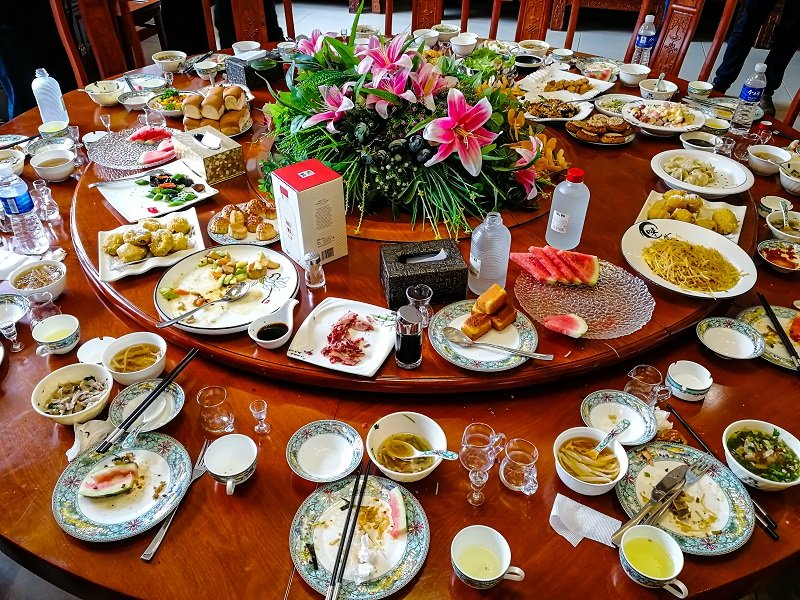
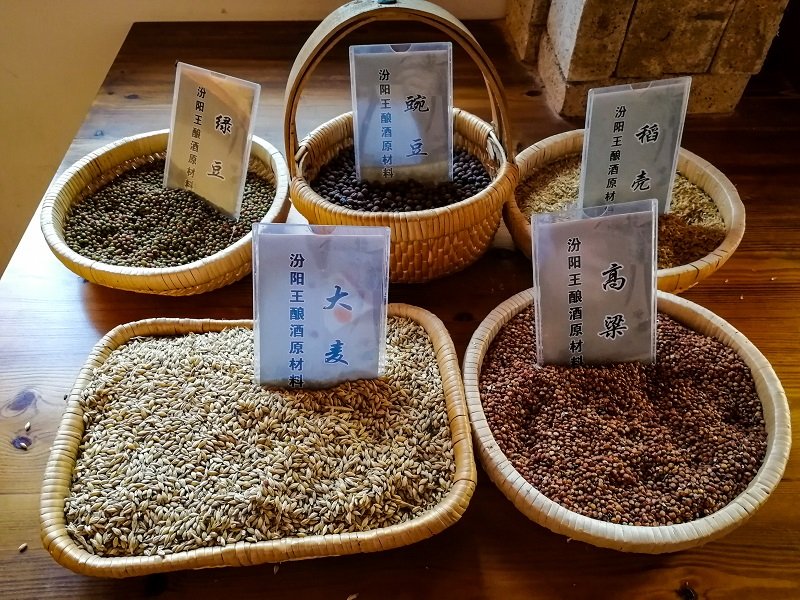
Below:
- map of China showing the rough distribution of the main Baijiu styles in the regions (source)
Photo copyrights: Helmut Barro, many thanks for the rights of use


